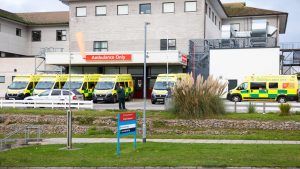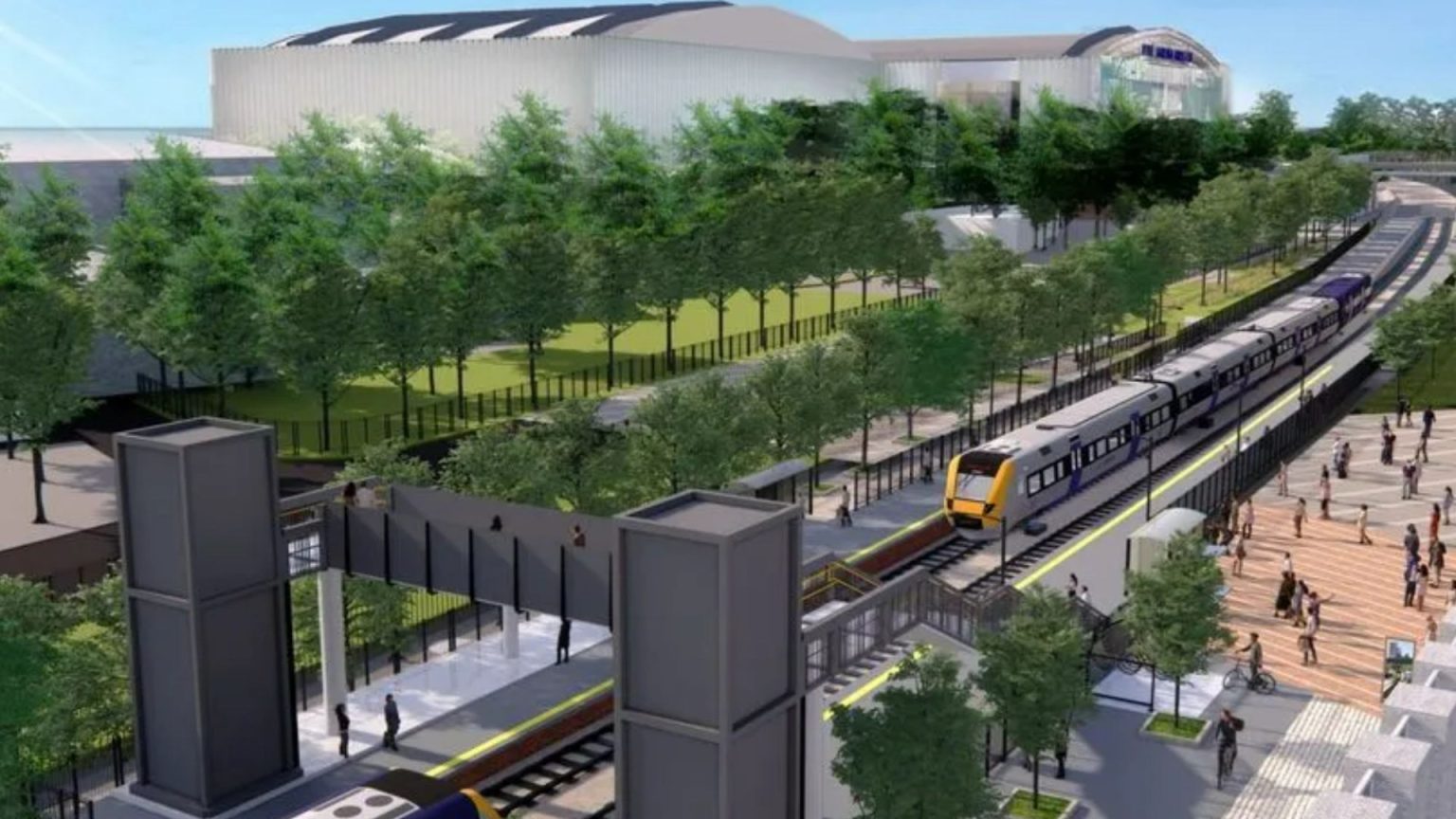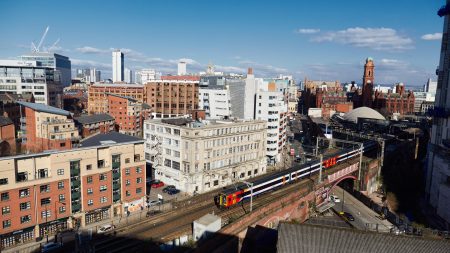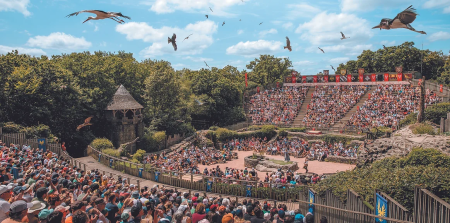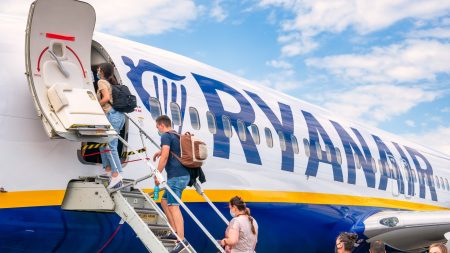Bristol is poised for a significant transformation with the development of Brazabon, a massive, multi-billion-pound project rising on the historic grounds of Filton Airfield, the birthplace of the iconic Concorde supersonic aircraft. This ambitious undertaking, backed by Malaysian firm YTL, represents a substantial investment in the city’s future, encompassing a diverse range of residential, commercial, and leisure facilities. The development’s name pays homage to the Bristol Brabazon, a post-war British aircraft design that, while never commercially successful, paved the way for transatlantic air travel, reflecting the project’s ambition and forward-looking vision. At the heart of Brazabon lies a commitment to creating a vibrant, interconnected community, evident in the plans for 6,500 new homes, catering to a diverse range of needs. The development also encompasses three hotels, a retirement village, essential community infrastructure like schools, and the highly anticipated North Filton railway station.
North Filton railway station is a pivotal element of the Brazabon development, designed to seamlessly integrate the new neighbourhood into the wider Bristol transport network. The two-platform station will provide crucial connectivity, linking Brazabon to central Bristol Temple Meads in a mere 15 minutes. Additionally, hourly services will connect to Henbury, further expanding accessibility across the region. The station’s strategic placement adjacent to the upcoming YTL Bristol Arena, a 19,000-capacity venue, underscores its significance in facilitating access to major events and contributing to the area’s economic vitality. With an anticipated opening date in the coming year, the station signifies a vital step towards realizing the vision of a well-connected and thriving community at Brazabon. Metro mayor Dan Norris emphasized the station’s crucial role in improving transportation access to the arena, as well as enhancing mobility within the broader West of England region.
The YTL Bristol Arena, a core component of the Brazabon project, is set to become a major entertainment hub for the South West region. As the only indoor arena of its scale in the area, and among the largest in the country, it is expected to attract a wide array of events, from live music performances to sporting competitions. With a projected schedule exceeding 140 events annually, the arena will undoubtedly inject significant economic activity into the region, creating jobs and attracting visitors. The arena’s presence, coupled with the enhanced transport links provided by the new railway station, will position Brazabon as a key destination for entertainment and leisure. The comprehensive nature of the Brazabon project, combining residential, commercial, and leisure facilities, positions it as a significant driver of economic growth and community development in the Bristol area.
Beyond the immediate impact of the arena, Brazabon also demonstrates a commitment to enhancing the city’s green spaces with the inclusion of the largest urban park created in the southwest in the past 50 years. This substantial green space will provide valuable recreational opportunities for residents and visitors alike, adding to the overall quality of life within the development. The park’s inclusion reflects a broader trend in urban planning, prioritizing green spaces and sustainable design to create healthy and attractive environments. The combination of the arena, the park, and the residential and commercial elements of Brazabon creates a multifaceted destination, appealing to a diverse range of individuals and contributing to the overall vibrancy of the Bristol area.
The Brazabon development arrives at a time of significant infrastructure investment in the UK’s rail network. Several new stations are planned or under construction across the country, including Balgray Station in Scotland and Wixams Train Station in Bedfordshire, both slated for a 2026 opening. Further afield, Golborne Station in Manchester is expected by 2027, while London’s Old Oak Common and Birmingham’s Curzon Street Station represent larger-scale projects anticipated for 2029 and the 2030s respectively. These projects collectively demonstrate a national focus on improving rail connectivity, facilitating economic growth and enhancing transport options for commuters and travelers. The expansion of the rail network complements the development of projects like Brazabon, ensuring that new communities are well-integrated into the national transportation system.
Beyond Brazabon and its integrated rail connection, Bristol is experiencing a wider resurgence in transport infrastructure. A newly established direct train route between Bristol and Oxford, the first in two decades, enhances connectivity between these two key cities. Furthermore, Bristol Airport is undergoing a significant £400 million redevelopment, including an expansion of the main terminal. This investment signals ambitious plans for the airport’s future, with discussions of reintroducing long-haul flights to destinations such as New York, Florida, and Dubai. The airport once offered transatlantic services to New York, but these were discontinued in 2010. The potential revival of these routes, alongside the airport’s broader expansion, highlights the city’s growing importance as a transportation hub. This growth complements the developments at Brazabon, creating a synergistic effect that strengthens Bristol’s position as a major economic and cultural center within the UK. These combined investments in rail and air infrastructure underscore Bristol’s commitment to enhanced connectivity, positioning the city as a key player in both national and international travel networks.
